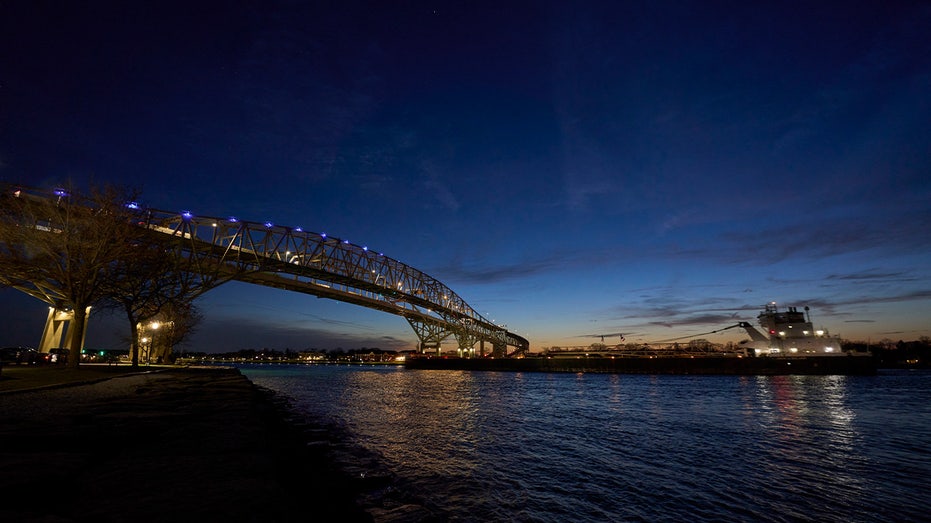Concerns are rising about the security of the U.S.'s northern border, particularly along the Great Lakes. With heightened enforcement efforts focused on the southern border, security experts suggest that criminal organizations and other 'bad actors' may seek alternative routes into the country. The extensive waterfront and numerous ports along the Great Lakes offer potential weaknesses that could be exploited.
"The focus on the southern border is understandable, but it can inadvertently create opportunities elsewhere," explained a security analyst. "The Great Lakes, with their vastness and relatively lower levels of surveillance, could become an attractive target for those seeking to bypass border controls."
The challenges of securing the northern border are significant. The sheer length of the border, coupled with the diverse terrain, makes it difficult to monitor effectively. The Great Lakes, in particular, present unique challenges due to the ease of access via waterways and the presence of numerous small ports and marinas.
Authorities are reportedly reviewing security protocols and considering increased resource allocation to the northern border region. This includes enhanced surveillance technology, increased patrols, and closer collaboration with local law enforcement agencies. The goal is to deter potential threats and ensure the safety and security of the northern border.
Northern Border Security Faces New Challenges Along Great Lakes

As the U.S. government focuses on the southern border, experts warn that criminal activity may shift north. The Great Lakes region presents vulnerabilities that 'bad actors' could exploit. Increased vigilance and resource allocation are needed to protect the northern border and prevent potential security breaches. The vast waterways and remote areas make monitoring and enforcement a complex task.